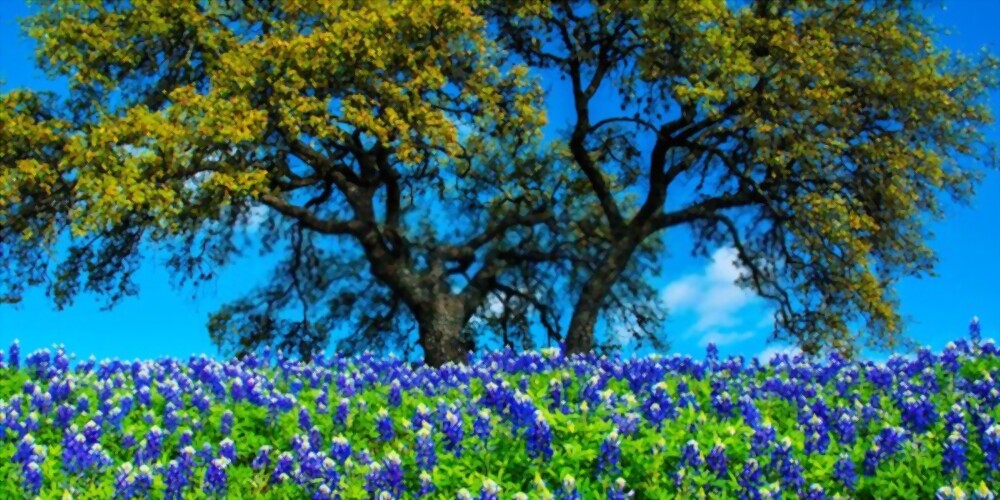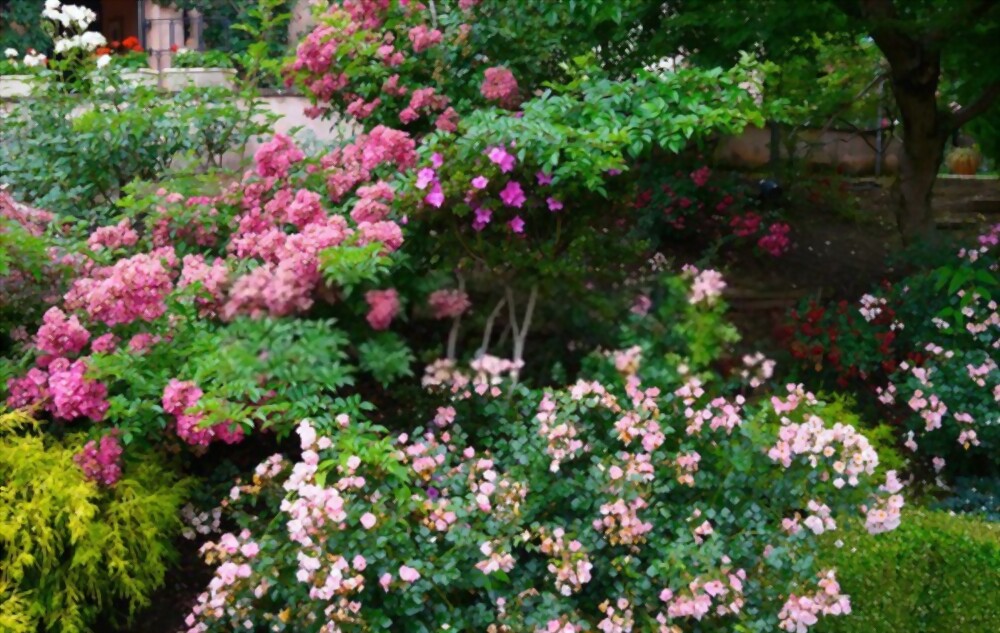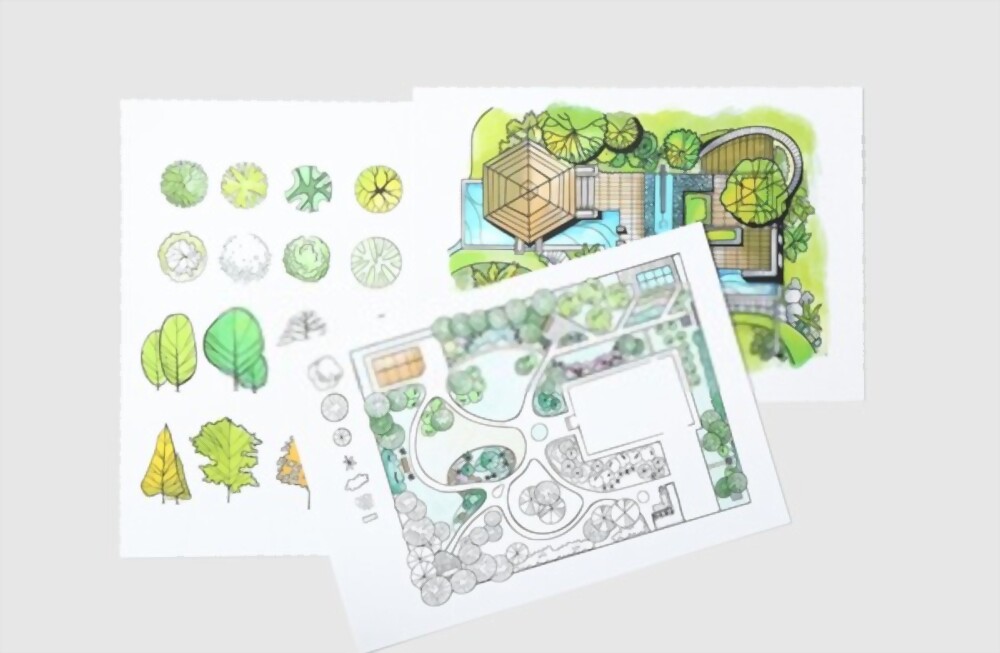Landscaping is part art and part science. A beautifully landscaped yard requires both in equal measure because even if you're the most artistic designer in the world, it won't do you any good if you don't know how plants grow. Likewise, you can have a great understanding of the science of plant care but not be able to make your yard look the way you'd like. For good landscape design, you use knowledge and skills creatively. It's about contrast: different heights, colors, and textures. The last may come as a surprise since one is more likely to think of Bob Ross than an actual yard when discussing textures and landscapes in the same breath. But picking contrasting yet complementary textures for your Austin property is part of designing it. Today, Progreen will use a few examples to show you what we mean.
What Do We Mean by Texture?
In landscaping, texture can have multiple meanings. While you may be referring to how a leaf, petal, or branch feels in your hand, in landscaping, the texture is more likely to refer to the perceived surface quality of a plant by how it looks. Landscape design typically utilizes contrasting textures to create interest. We do this through several methods, including the size and shape of leaves, fullness, and bark.Relativity
We describe the texture of a plant in relation to other plants. Nothing is absolute. As we go into more detail about texture in landscape design, you'll notice that we will usually describe texture in terms of contrasts.Different Leaf or Petal Shape
 Your lawn has one texture because, by design, it's uniform. However, typically your gardens and the rest of your landscape will not. For example, if you had various daisies in your flower garden, they would all have a similar round-shaped leaf.
That would be one texture.
But the textures would contrast if you interspersed the daisies with other flowers with differently shaped petals. A rose has a different perceived texture than a daisy. A spiky ornamental grass provides even more contrast.
Your lawn has one texture because, by design, it's uniform. However, typically your gardens and the rest of your landscape will not. For example, if you had various daisies in your flower garden, they would all have a similar round-shaped leaf.
That would be one texture.
But the textures would contrast if you interspersed the daisies with other flowers with differently shaped petals. A rose has a different perceived texture than a daisy. A spiky ornamental grass provides even more contrast.
Trees
Similarly, trees have differently shaped leaves. For example, an evergreen's leaves may be difficult to distinguish from afar. Contrarily, a maple tree has leaves with a very distinct shape. These trees can work well together to create a multi-textured landscape. But, of course, contrast alone does not a good design make. One must take care to design well.Levels of Fullness
Some plants are naturally more full than others. So when you have trees that fill out beside more skeletal ones, the contrast creates a point of interest. In the winter, deciduous trees shed their leaves. As a result, they provide an excellent contrast to evergreen trees and shrubs, which have a more fluffy and full texture.Tree Bark
You may have noticed that different trees have different barks—their textures contrast in both senses of the word. For example, trees like beech have smooth bark, contrasting nicely with a rough-barked tree. Rough-barked trees have furrows and bumps. They also contrast nicely with smooth flowers. Finally, you may be able to incorporate some trees with shedding, paper-like bark, or bumpy bark.Mulch
 Mulch is another excellent way to incorporate texture into your landscape design. Mulch serves so many functions for your plants. It retains moisture, creates a weed barrier, and insulates plants from temperature change, but its aesthetic benefits are also multi-faceted.
There are such wide varieties of mulch; there's no reason you couldn't find one that would work well to create a contrasting texture in your flower beds. Tree bark is likely the most popular mulch, which can create a sharp edge to contrast your flowers. But you can also use rounder mulches like stones, shells, or polished glass to create contrasts.
Mulch is another excellent way to incorporate texture into your landscape design. Mulch serves so many functions for your plants. It retains moisture, creates a weed barrier, and insulates plants from temperature change, but its aesthetic benefits are also multi-faceted.
There are such wide varieties of mulch; there's no reason you couldn't find one that would work well to create a contrasting texture in your flower beds. Tree bark is likely the most popular mulch, which can create a sharp edge to contrast your flowers. But you can also use rounder mulches like stones, shells, or polished glass to create contrasts.

